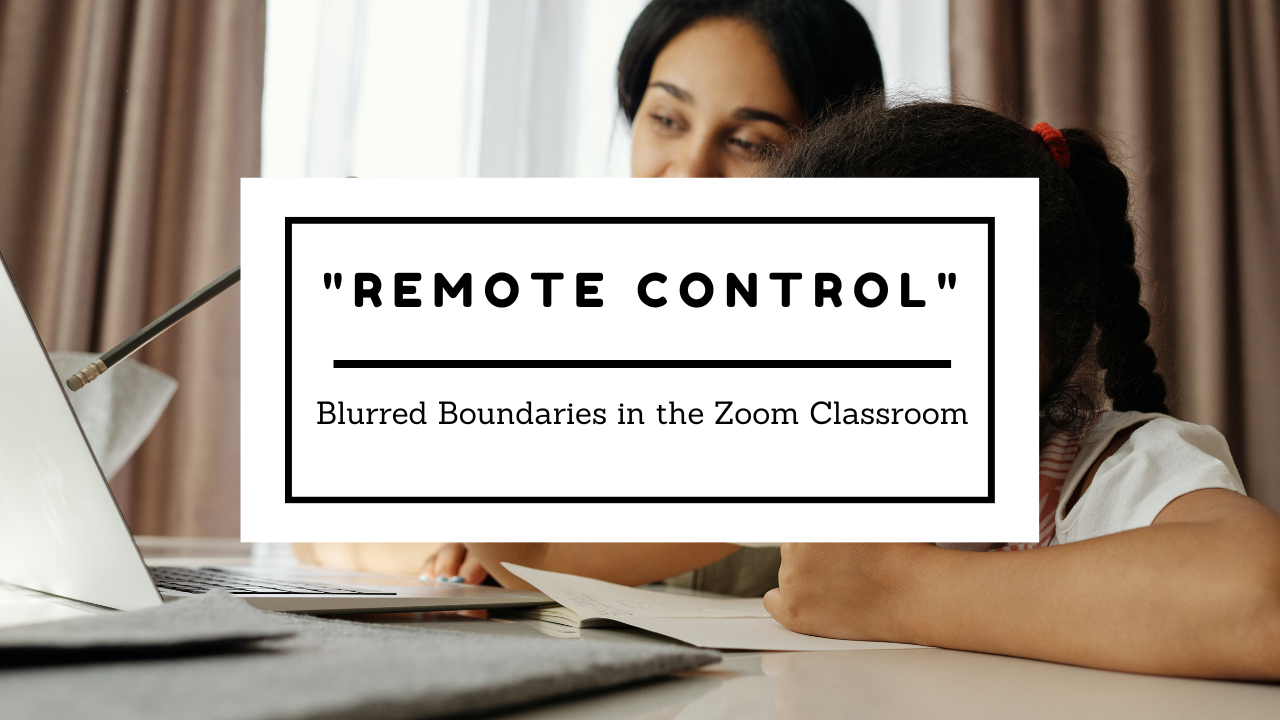 Snapshot: As schools across the United States rely on virtual instruction for some—or even all—instructional time, they continue to grapple with dilemmas initially raised during the Covid-19 pandemic. In this fictional case, members of a fourth-grade teaching team preparing for “Virtual Fridays” disagree about whether to require students to keep their cameras on during synchronous instruction. How should the teachers balance their concerns about privacy, consistency, and equity when creating their camera policy?
Snapshot: As schools across the United States rely on virtual instruction for some—or even all—instructional time, they continue to grapple with dilemmas initially raised during the Covid-19 pandemic. In this fictional case, members of a fourth-grade teaching team preparing for “Virtual Fridays” disagree about whether to require students to keep their cameras on during synchronous instruction. How should the teachers balance their concerns about privacy, consistency, and equity when creating their camera policy?
Case Description: This case is set at an elementary school in the United States. In response to shifting realities related to staffing issues following the Covid-19 pandemic, the school has adopted the practice of online instruction during ‘Virtual Fridays’. This period of virtual instruction breaks with the usual modes of US public school instruction (i.e., “in-person” instruction). As a state funded entity, the school typically strives to create inclusive classroom spaces for the diverse students and families associated with the school. Traditionally, teachers have expected to exert some control on the classroom space, especially as related to social and political messaging. Against the backdrop of longer-than-the-global-average periods of Covid-19 related physical school closures, the Virtual Fridays create several tensions related to these goals as teachers, students, and families negotiate the public and private dimensions of school and home.
While the case is situated in the U.S., it is informed by anecdotal experience and empirical evidence from several contexts, including data from a global research study conducted during the pandemic. It asks educators and school leaders to consider the liminal nature of the Zoom classroom, which places students simultaneously at home and in school. Should schools hold students accountable to school rules while in their homes? How should teachers navigate situations where school policies and standards are in tension with students’ families’ expectations?
Additional Resources:
- To learn more about schools that are turning to remote learning as part of their solution to teacher shortages, read this article from the New York Times, “How Bad is the Teacher Shortage? Depends Where You Live.”
- Evidence remains sparse, but this report dives into what the research has shown about the impact of the four-day school week on students.
- For a look at how two Cornell professors grappled with the questions raised by this case in their own higher-ed classrooms, see their research paper “Why students do not turn on their video cameras during online classes and an equitable and inclusive plan to encourage them to do so.”

